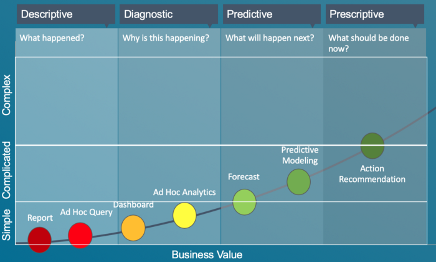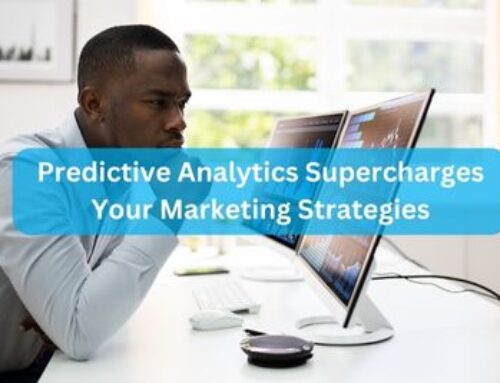You’ve got data, now what? Three key data steps to maximize its value in AI
It is true that every successful AI journey begins with data. Yet, even with an endless source of data, success is never guaranteed and most of us can point to numerous examples of unfinished or dormant analytic implementations. To get the most value from your data and maximize your analytic investment, particularly if it includes AI integration, consider these three key data steps.
-
Understand how your data can help your organization
Our experience with numerous advanced analytics, AI, and machine learning engagements across a wide range of industries tells us that you must understand the following to know how to best leverage your data to make more informed business decisions.
- How and where is the data generated and how does it fit into the business model?
- What does the organization value and measure? What are the key drivers of cost, customer experience and long-term business success in the organization?
Take the time at the outset to inventory and analyze all sources of internal data within your organization. Then link it to the operational levers your business maintains to monitor revenue, expense, experience, and satisfaction.
Creating a Data Journey Map can help you visualize the flow of data from generation to collection to use. Of course, every data journey is unique to the organization which means that only after understanding how data impacts the successful operation and growth of a business are you able to identify approaches to best harness the power of its data.
-
Get to know the data
Having data and knowing what you have are not the same. Therefore, taking the time to create an actionable profile of your data is important to understanding what role the data can potentially play in any future solution. Begin by answering these questions to understand what your data is and is not.
- What is it representative of that, if analyzed, can be generalized to a larger population?
- What is the size of that larger population?
- What assumptions are baked into the data? Is there enough of it and enough variety in it to analyze?
- How messy is it? Does it need to be cleaned up in some way?
- What about the accuracy of the data? Is it very accurate, close or some mix?
- Is this data easily and commonly refreshed or updated?
Once these questions have been answered, a clear picture of the potential for your data will emerge. Opportunities for further analysis, machine learning solutions, and potential AI production will begin to come to light. This analysis, along with your Data Journey Map can now be applied to an AI roadmap that can be used to secure executive support and keep your efforts on track.
-
Create a roadmap to best generate actionable insights
Finally, to help you generate actionable and transparent insights ideas from your data, combine the efforts in the prior steps to create a shareable internal roadmap to guide the process of converting raw data into insights and actions. Specifically, you will want to understand for which stages of the analytic progression your data is most suitable and what tools you will use to get there.
The chart below (source) provides a useful context for your exploration of data usage possibilities. Leveraging an easy-to-understand decision framework (e.g., simple, complicated, complex, etc.) can be helpful in classifying data type and potential AI solutions or machine learning applications. For each data source, identify which segment is most appropriate:
- Descriptive – what happened?
- Diagnostic – why did it happen?
- Predictive – what will happen?
- Prescriptive – what should we do?
Image link: https://towardsdatascience.com/the-ai-value-gap-36463bcace6f
To convert your data into true decision intelligence, the next step is to determine which tools you will use to visualize, analyze, or model the data. There are numerous choices in the marketplace with a variety of features encompassing a range of required skillsets to leverage. To learn more about factors to consider, consider this 4-minute read Three Keys to Choosing your new AutoML Platform.



